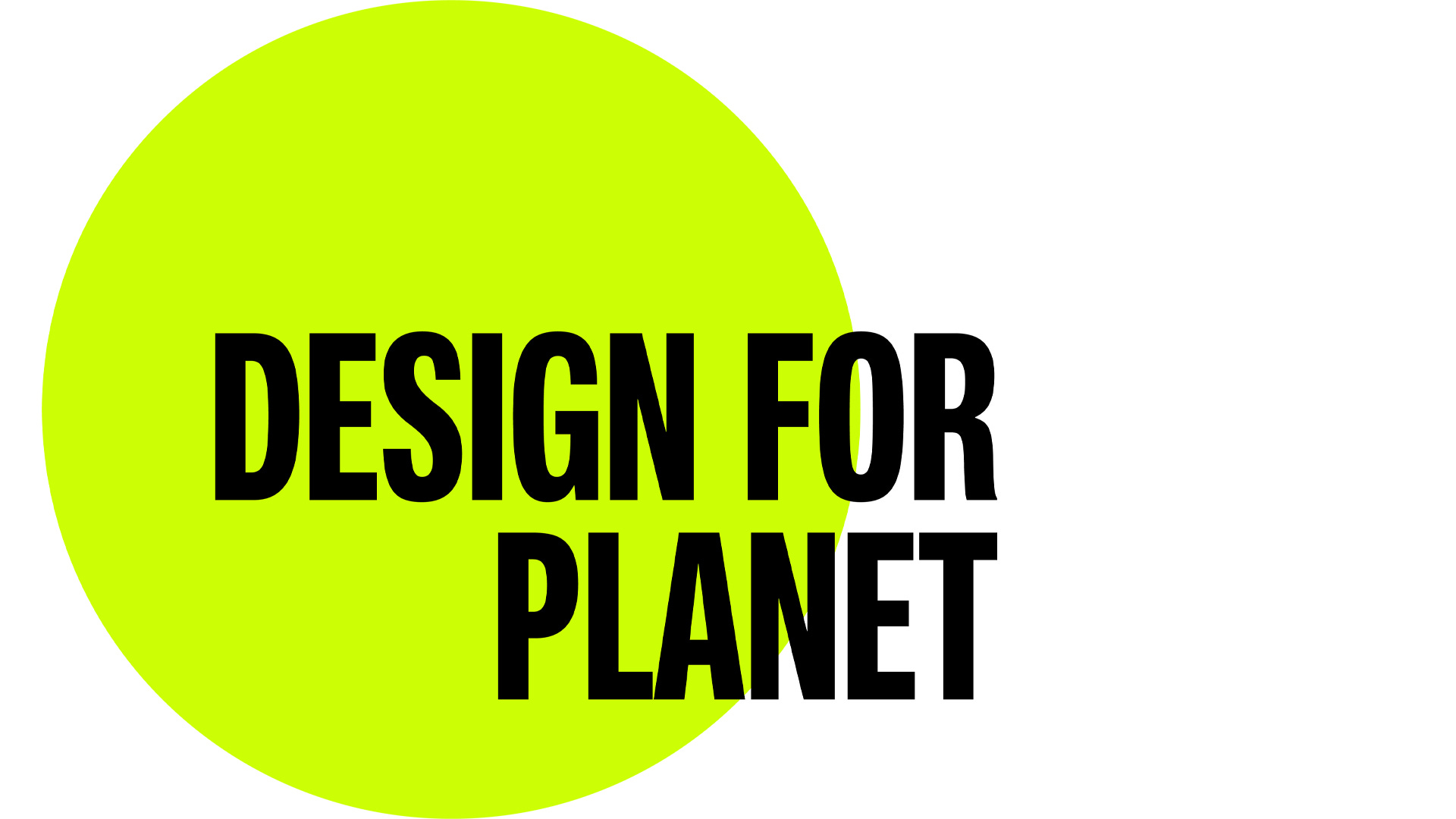
In order to start reducing the carbon footprint of any organisation, one of the most important first steps is to start measuring what that footprint is. The advertising industry announced an important step toward doing just that this week with the launch of AdGreen’s Carbon Calculator (shown above).
AdGreen is a joint industry initiative organised by the Advertising Association and working in conjunction with BAFTA, whose Albert sustainable production standard is a model for its activities. Its Carbon Calculator launches with more than 130 brands, advertising agencies and production companies registered to use it, including the likes of WPP, Unilever and Sky.
As Campaign reports, “The calculator works by allowing everyone working on a project to enter information about four key areas of production: travel and transport; energy and fuels; materials; and catering. This enables users to build up a picture of the carbon impact of their production. The tool will also allow production teams to create draft carbon footprints for projects, and to cut out unnecessary emissions at the procurement and planning stages, before the impact is caused.”
Not only does the tool allow users to work out the impact of past productions, it can also check the likely impact of a production at script or concept stage so that tweaks can be made before production starts.
The tool is free at the point of use, with advertisers paying a levy of 0.25% of production spend to cover AdGreen’s costs.

Can design create something similar? There are various tools available for any studios wishing to start the process. URGE’s Alexie Sommer and Patrick Burgoyne will be running a workshop with Bengt Cousins-Jenvey, co-founder of one such tool, xtonnes, at the Design Council’s Design for Planet conference.

Also, Creative Review has a great piece from Stink Studios MD James Britton on how they have put in place a method to measure and reduce their carbon emissions (subscriber only). Stink has worked with a specialist provider called Zevero to measure and report all of its annual green house gas emissions from its operations in London.
“By far the biggest area of impact was business travel, accounting for more than 80% of our emissions,” Britton says. “We’re now committed to reducing overseas business travel by more than half by the end of 2022, based on raised confidence in remote working and how our clients have adapted during the last 18 months. We’ve now published a straightforward policy that will help ensure all non-essential business travel is avoided.”
Britton also says that Stink has looked at the impact of its use of tech, and the digital tools and services it uses. Website Thanks in Advance has lots of useful information and advice on the impact of things like the thousands of old emails sitting in inboxes using large amounts of energy.
Stink Studios has made its green house gas report available publicly here
Finally, in a bid to curb Greenwashing, the UK’s Competition and Markets Authority (CMA) has published the Green Claims Code. The Code focuses on 6 principles which are based on existing consumer law, restating that firms making green claims “must not omit or hide important information” and “must consider the full life cycle of the product”. In a statement launching the code, Andrea Coscelli, Chief Executive of the CMA, said, “We’re concerned that too many businesses are falsely taking credit for being green, while genuinely eco-friendly firms don’t get the recognition they deserve. The Green Claims Code has been written for all businesses – from fashion giants and supermarket chains to local shops. Any business that fails to comply with the law risks damaging its reputation with customers and could face action from the CMA.” More detail here on the Code

